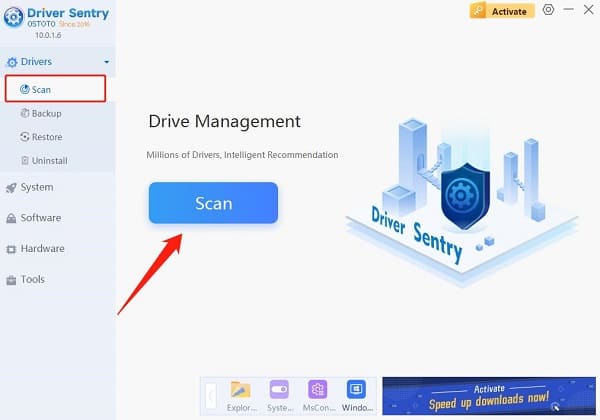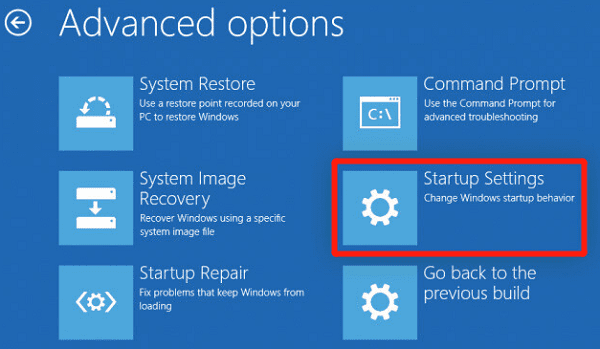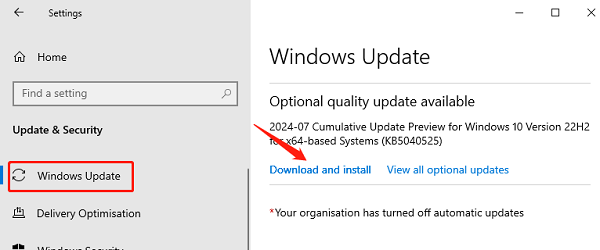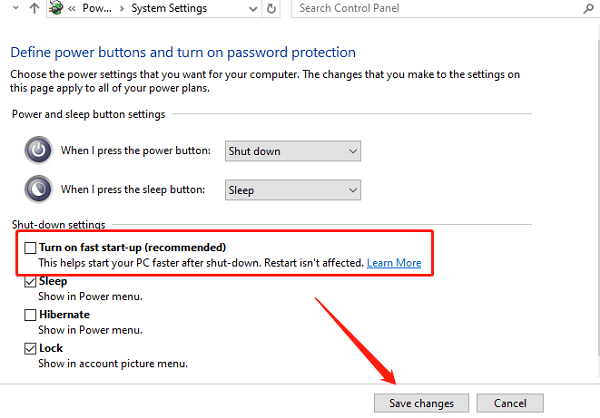
Many Windows 10 users may face the black screen of death, which disrupts work and can cause data loss. This article provides effective methods to quickly fix the issue and restore normal system operation.
1. Check the Monitor and Connections
Ensure the monitor is powered and properly connected to the computer. Replug HDMI, DisplayPort, or VGA cables to check for loose or damaged connections.
Test with another monitor or device to see if the issue is with the monitor itself. Try switching to different input sources or interfaces to rule out monitor failure.
Press "Win + P" and select the correct display mode (Extend, PC screen only, or Second screen only) to ensure the monitor is in the correct output mode.
2. Update Graphics Drivers
Graphics driver failure is one of the common causes of black screen issues. Updating or rolling back the graphics driver is an effective way to resolve the problem. It is recommended to use Driver Sentry to automatically detect and update drivers, saving time and avoiding errors during driver download or installation.
Click the download button to get the latest version of Driver Sentry. After installation, open the software and click "Scan".

Once the scan is complete, the software will show which drivers are missing or need updating. Locate the graphics driver in the results list and click the "Update" button.
After updating, it is recommended to restart your computer to ensure the updated driver is functioning properly.
3. Enter Safe Mode
If your computer is stuck on a black screen, press and hold the power button for 10 seconds to force a shutdown. Then press the power button again to start the computer.
While the computer is booting, press and hold the F8 key until you see the "Advanced Startup Options" menu. If that doesn't work, force restart the system multiple times until you see the "Automatic Repair" screen.
Choose "Troubleshoot > Advanced Options > Startup Settings", and click "Restart". After the system restarts, press 4 or F4 to enter Safe Mode.

In Safe Mode, you can uninstall recently installed drivers or software to see if that resolves the black screen issue.
4. Check Windows Updates
Press Win + I to open the Settings window and click "Update & Security".
Click "Check for updates" to see if any Windows updates are pending. If there are, click "Download and install", and wait for the system to complete the installation.

The system may prompt you to restart the computer. Once the updates are correctly installed, restart the computer and check if the black screen issue is resolved.
5. Disable Fast Startup
Press Win + S to search and open "Control Panel", then click "Power Options".
In the left menu, click "Choose what the power buttons do".
Click "Change settings that are currently unavailable" at the top of the page, then uncheck "Turn on fast start-up (recommended)" and click "Save changes".

After applying the changes, restart your computer to see if the problem is resolved.
6. Check for Hardware Issues
Ensure that the graphics card is firmly seated in the correct slot. If you have another graphics card, swap it to test and rule out the possibility of a faulty card.
After shutting down, remove the RAM sticks and gently clean the gold contacts with an eraser, then reinsert them into the memory slots, making sure they are securely installed.
If the hard drive has a physical failure, it can also cause a black screen issue. You can use the built-in Windows disk check tool (CHKDSK) to scan and fix disk errors.
By following these steps, you can resolve the black screen of death in Windows 10. If the issue persists, consider seeking professional help or replacing hardware. Regularly updating your system and drivers can help prevent such problems.
See also:
8 Ways to Fix Network Latency Issues
How to Fix Apex Legends Crashing on PC